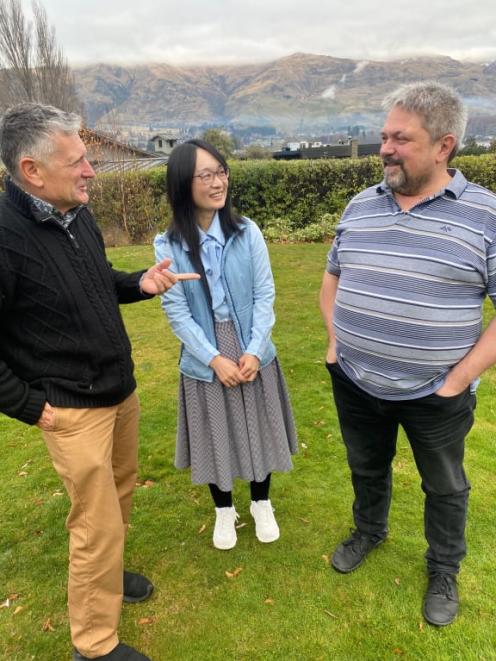
Leading earthquake researchers and modellers from four countries have convened in Wānaka to tackle a tough question in seismology - how to estimate the size of an impending earthquake.
The scientists from China, Japan, Australia and New Zealand aimed to combine decades of seismic data, faultline research and statistical modelling to boost the accuracy of forecasts.
Project leader and University of Otago Ōtākou Whakaihu Waka associate professor Ting Wang said it was not yet possible to estimate the magnitude of an impending earthquake - just the likelihood of it occurring in a region within a certain time.
She said the team was working towards a statistical model to change that.

The group was also focused on aftershocks - smaller quakes that followed a main event, often near the same fault.
Wang was studying aftershock sequences, while others at the workshop were focused on real-time data, stress modelling and energy release.
"We could use a statistical model to say 'what's the probability of how many earthquakes with what magnitude could happen?' - but we couldn't really say exactly in the next day what would be the earthquake magnitude, or energy release," she said.
"Our aim is really trying to focus on the magnitude of the next earthquake, or the earthquakes in the next day, or next month."
Wang said having scientists from around the world in one room was a real advantage.
"Japan's history with the subduction megathrust earthquakes helps inform what we might expect here in New Zealand, because we have the Hikurangi subduction zone where there could be a very, very big earthquake," she said.
University of Otago Ōtākou Whakaihu Waka professor of earthquake science Mark Stirling said the problems the group were tackling were something no single discipline could solve.
"It takes data scientists, statisticians, and modellers working together testing ideas, sharing tools, and refining the models that support real-time decision-making."
The Wānaka workshop was part of two major research programmes led by the University of Otago, with support from MBIE and the Marsden Fund.












